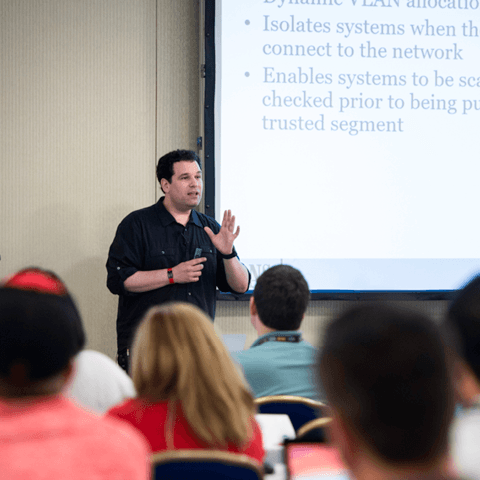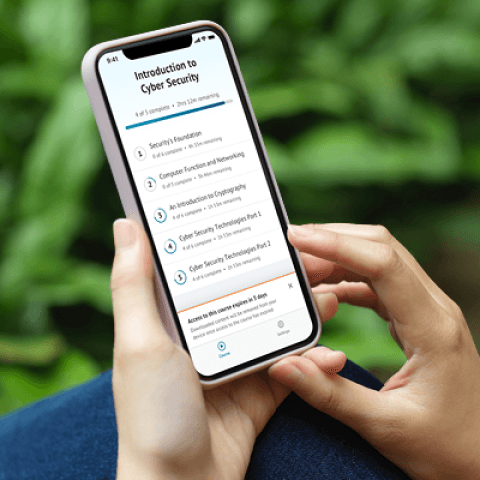SEC595: Applied Data Science and AI/Machine Learning for Cybersecurity Professionals


Experience SANS training through course previews.
Learn MoreLet us help.
Contact usBecome a member for instant access to our free resources.
Sign UpWe're here to help.
Contact Us
Apply your credits to renew your certifications
Attend a live, instructor-led class remotely from anywhere
Course content applicable to people with limited or no cyber security experience
Apply what you learn with hands-on exercises and labs
Plan, execute, and defend against social engineering attacks by mastering the psychology, tools, and techniques used by adversaries and professional testers.
Discover the psychology and techniques behind social engineering to enhance your penetration testing skills or defend your organization. Learn reconnaissance, phishing, pretexting, and risk management through hands-on labs and real-world examples.


Dave Shackleford, founder of Voodoo Security, has advanced cybersecurity through his leadership roles, including serving as CTO for the Center for Internet Security, where he coordinated the first published virtualization security benchmarks.
Read more about Dave Shackleford

James Leyte-Vidal, GSE #209, has shaped offensive cybersecurity through decades of frontline innovation, authoring Ethical Password Cracking and leading Fortune 100 InfoSec teams to elevate global cyber defense.
Read more about James Leyte-VidalExplore the course syllabus below to view the full range of topics covered in SEC467: Social Engineering for Security Professionals.
Section one covers key social engineering concepts, goals, and reconnaissance tools to prepare for successful campaigns. You will complete exercises on phishing—the most popular and scalable attack—understanding how to execute attacks, discovering what works and what doesn’t, and learning how to report findings to improve defenses.
Section two dives into crafting effective payloads, covering evasion, risk reduction, and building believable snares. You will learn pretexting to boost success, then apply your skills in a Capture-the-Human exercise, finishing with key “dos” and “don’ts” for successful social engineering engagements.
Application penetration testers probe the security integrity of a company’s applications and defenses by evaluating the attack surface of all in-scope vulnerable web-based services, clientside applications, servers-side processes, and more. Mimicking a malicious attacker, app pen testers work to bypass security barriers in order to gain access to sensitive information or enter a company’s internal systems through techniques such as pivoting or lateral movement.
Explore learning path
Get feedback from the world’s best cybersecurity experts and instructors

Choose how you want to learn - online, on demand, or at our live in-person training events

Get access to our range of industry-leading courses and resources